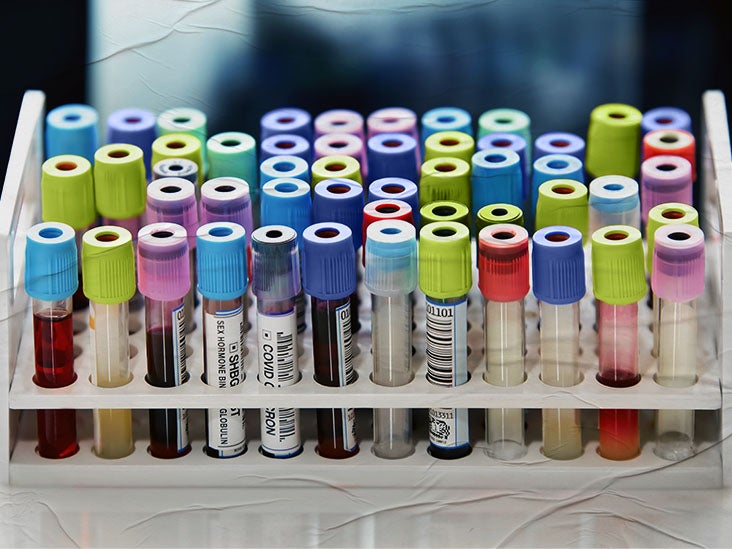Blood
Lab tests for hemophilia: Results and other tests
There are several lab tests for hemophilia. However, the main tests detect the clotting activity of factors VIII and IX, which are proteins in the blood.
Hemophilia is a bleeding disorder in which an individual’s blood does not clot properly. It arises due to problems or deficiencies with blood clotting proteins. Researchers estimate that around 1 in every 10,000 people are born with hemophilia.
The main diagnostic lab tests are clotting activity tests. Other tests can help diagnose hemophilia by ruling out other conditions or indicating that someone has an elevated risk of hemophilia.
This article describes the main lab tests for hemophilia. It also discusses other hemophilia lab tests and explains how much they may cost.
Doctors will perform a blood test to determine the clotting activity of factors VIII and IX. These are proteins in the blood that help form blood clots.
People with hemophilia A — a common type of hemophilia — have deficiencies with factor VIII. People with hemophilia B, another common type of hemophilia, have problems or deficiencies with factor IX.
After obtaining the sample of blood, doctors can send it off to the lab for testing.
Results
The following table outlines the results of clotting activity tests:
Research suggests that this test is not reliable in females who have a specific genetic mutation to the factor VIII or factor IX protein.
This is because around 30% of these individuals have factor VIII or factor IX clotting activity lower than 40%. For this reason, genetic testing for the factor VIII or factor IX mutation may be necessary to diagnose hemophilia A or B in females.
A complete blood count (CBC) measures the following:
- red blood cells
- white blood cells
- platelets
- hemoglobin
- hematocrit
A person’s CBC results are normal in those with hemophilia. However, a person’s hematocrit, hemoglobin, and red blood cell count can be low if they experience heavy or prolonged bleeding.
A prothrombin time test measures the time it takes for the blood to clot. This can help doctors diagnose bleeding disorders.
The Centers for Disease Control and Prevention (CDC) states that it measures the clotting ability of the following factors:
- factor I
- factor II
- factor V
- factor VII
- factor X
Low levels of the above factors mean that the blood is taking longer than usual to clot.
Although most people with hemophilia A or B will have normal test results, less common forms of hemophilia may cause an abnormal result.
A doctor may order this test alongside a prothrombin time test. This test also measures how long it takes for the blood to clot, examining the following factors:
- factor VIII
- factor IX
- factor XI
- factor XII
Clotting will take longer in people with hemophilia A or B. This can also detect rare forms of hemophilia.
A doctor will order a fibrinogen test alongside other clotting tests or abnormal PT and APTT test results.
Fibrinogen is another name for clotting factor I. Low levels can result in a reduced ability to form a blood clot.
Diagnostic tests for hemophilia vary in price with different medical providers. An individual’s private medical insurance plan should cover such tests, at least in part.
Medicare also covers diagnostic tests, provided it was a doctor who ordered them. Medicaid may also cover such costs.
Hemophilia is a bleeding disorder that occurs when the blood does not clot well.
There are two main forms of hemophilia: A and B. A person with hemophilia A has problems with clotting factor VIII, and a person with hemophilia B has issues with clotting factor IX.
The primary lab tests for hemophilia are clotting ability tests. These assess the clotting abilities of factors VIII and IX. Having 40% or less activity in these tests indicates that someone has hemophilia A or B.
This is with the exception of females who have genetic mutations to the factor VIII or factor IX proteins. These individuals can have hemophilia A or B despite having normal factor VIII and IX activity tests.
Other lab tests include a complete blood count, an activated partial thromboplastin time test, a prothrombin time test, and a fibrinogen test.

